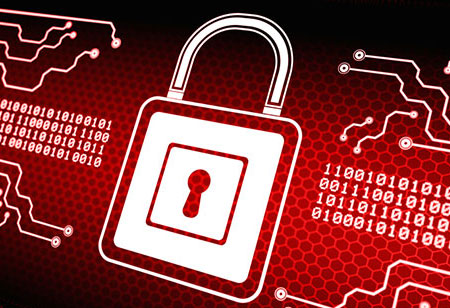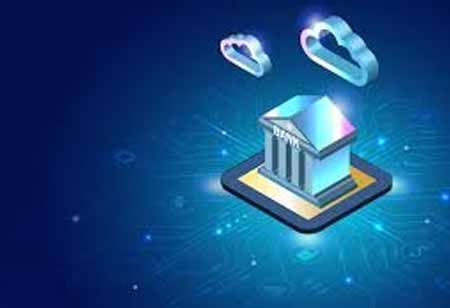THANK YOU FOR SUBSCRIBING

By
Banking CIO Outlook | Thursday, July 11, 2019
Stay ahead of the industry with exclusive feature stories on the top companies, expert insights and the latest news delivered straight to your inbox. Subscribe today.
Staying safe online and keeping transactions free from danger is an integral part of modern banking.
FREMONT, CA: In the last few decades, banking has evolved to a great extent. Customers today don’t have to visit their bank to make a transaction. Almost every banking activity is possible while sitting at home. The reliance on such secure banking has also increased in the last few years, so does the concern about security while performing banking. Read on to find out best practices which can help make secure banking transactions.
• Strong Internet Banking Passwords
Ideally, the password should be a combination of alphabets, numbers, and special characters. Customers may also use both lower case and upper case of alphabets in their password. The prior thing is to make sure that the password is complicated for others to judge and easy for the customer to remember.
• SMS Alert
Customers can get SMS alerts activated for their bank account, with which they will receive an SMS, every time they make a transaction. If one receives an SMS for a transaction, which is not made by that person, then it can be intimated to the bank immediately to identify fraud and get the card blocked.
• Download Anti-Virus App On Smartphone
If one is using a smartphone for banking, then make it a priority to download an anti-virus app from a trusted source with excellent ratings on the phone. Checking the rating of the application before downloading it is a smart move, as there are many fake apps which infect the phones instead of keeping them safe from malware.
• Update Banking Apps Regularly
Make it a practice to download software application updates on smartphones, as soon as they are released. Sometimes, apart from new features, updates come with improved security and privacy controls which protect the device and credentials against malware attacks. It is also advisable to set it to automatic updates or manually.
The above best practices could go a long way to ensure that customers enjoy the advantages offered by online banking without experiencing pitfalls.
THANK YOU FOR SUBSCRIBING
Be first to read the latest tech news, Industry Leader's Insights, and CIO interviews of medium and large enterprises exclusively from Banking CIO Outlook
I agree We use cookies on this website to enhance your user experience. By clicking any link on this page you are giving your consent for us to set cookies. More info



